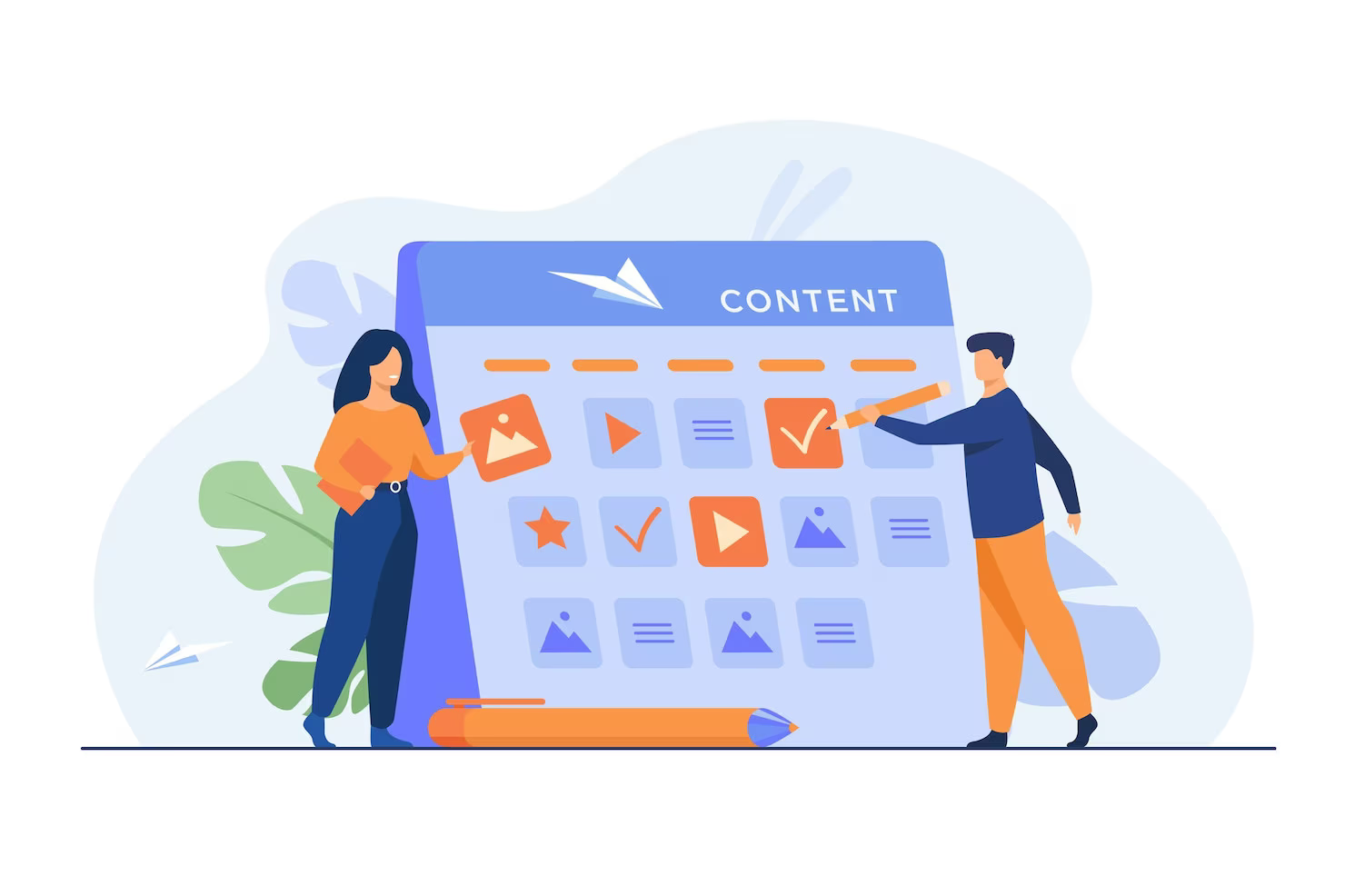The Anatomy of High-Converting Content
Content creators and digital marketers are often unsure how to find the delicate balance between creating content for people and optimizing it for search engines.
The truth is that it’s not that difficult to create content that converts, but there are several rules and best practices to adhere to. Let’s dive right into the anatomy of high-converting content.
Analyze Search Intent
Understanding search intent is the first piece of the puzzle you need to consider when looking to create content that converts. By understanding the reason someone is looking for something, you can provide the right kind of content at the right time.
Let’s look at an example. When you search for the term “build an MVP,” you are served nine blog posts and one brand homepage. The second page of search results only gives you blog posts. So does the third one.
This means that searchers want to know what an MVP is and learn more about the process of creating one. They are not looking for the services of an agency. So, ranking a service page would be extremely difficult, if not impossible. The only type of content you need to create targeting this phrase is for top-of-the-funnel audiences who are still in the awareness stage. You’ll guide them to conversion from there.
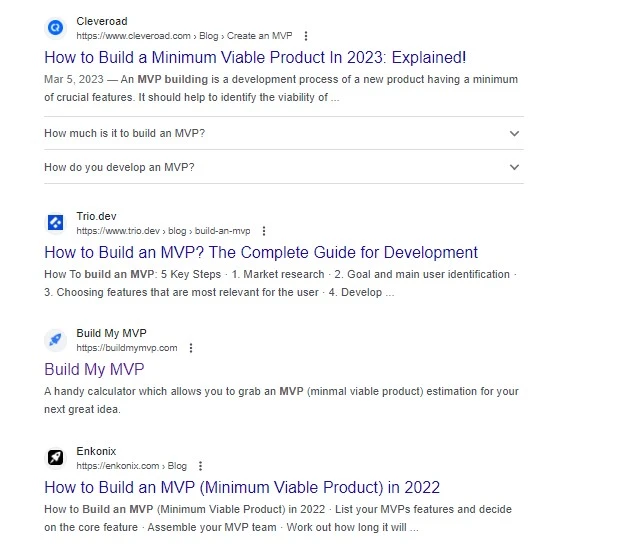
The search term “mvp development agency,” on the other hand, is much lower in the funnel. It can be used to target leads nearer conversion who are ready to shop for developers. They need to be converted with content that sells your MVP-building services, not informative posts.
Optimize Titles for SEO
The title of your content should always be optimized for SEO purposes. Incidentally, this will also make it clear and concise, and it is very likely to increase your click-through rates. Content that converts targets a specific topic and answers a specific question, which is what your title should reflect.
To optimize your title:
- Include your primary keyword.
- Don’t try to stuff any more keywords into it.
- Stick to the 55-60 characters length.
- Only add your brand name at the very end.
- Be clear on what the page is about.
- Try to make it sound interesting, but don’t overdo it: often, the most straightforward titles work best.
Here’s an example of a high-converting title. This post on how to stop micromanaging remote teams checks all the boxes. It focuses on one keyword, promises solutions, is short and exact, and it cuts right to the chase. Undoubtedly, it sees plenty of clicks.
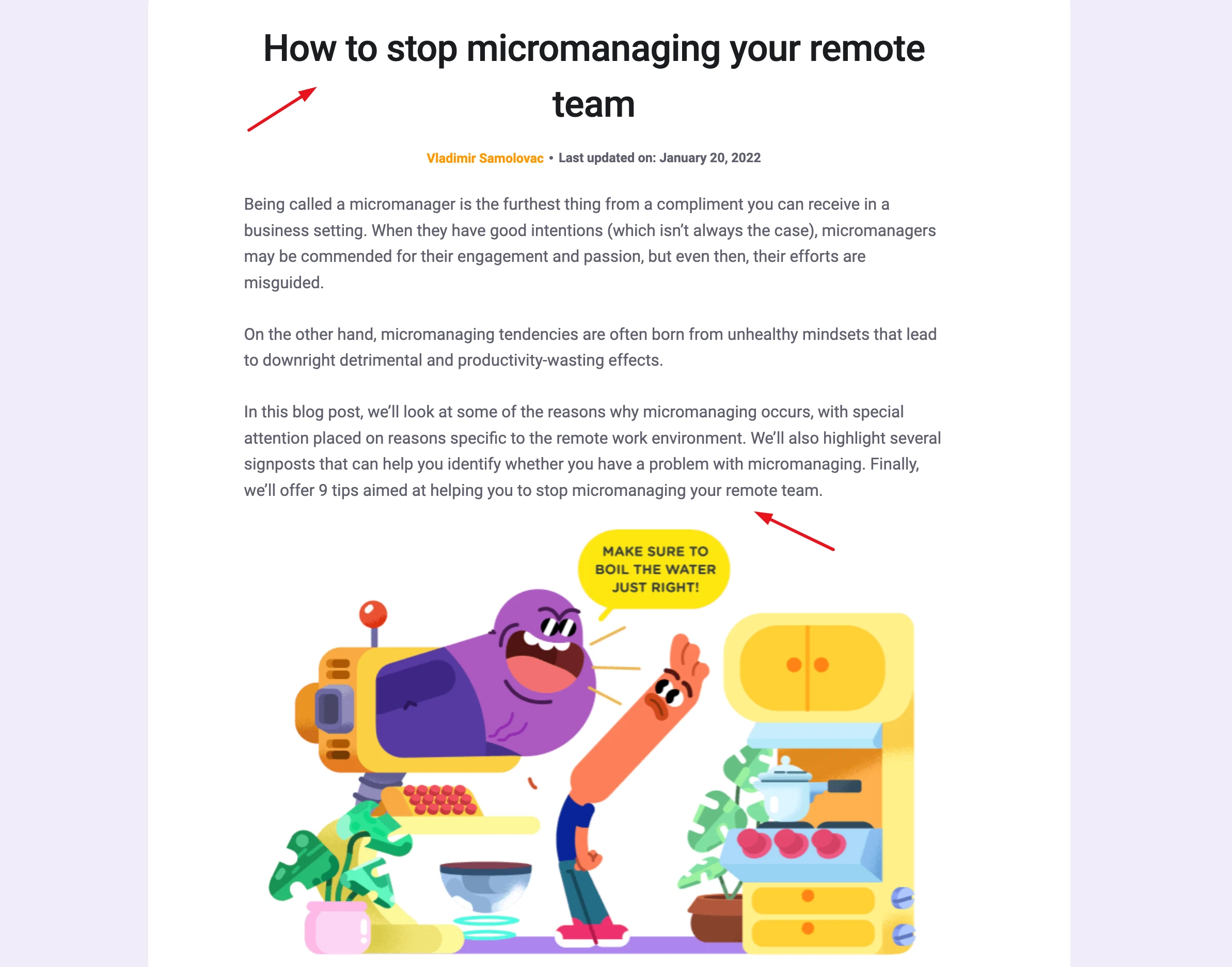
Source: pumble.com
Optimize Meta Description For Clicks (And Rankings)
The meta description of content that converts is written with clicks in mind, not rankings. However, it does also take SEO best practices to heart:
- It includes the primary keyword.
- It is not longer than 160 characters.
- It is unique.
- It has a clear call to action and is click-oriented.
The meta description is what may or may not get a searcher to click through to your website and not someone else’s. So, aim to always write it for users while also sticking to the four tips outlined above.
Here’s a neat example of a well-optimized and well-written meta description. I Love Parcels has used all the relevant keywords in theirs, but they’ve also written it for their customers, highlighting the benefit of converting: they will be able to receive deliveries at all times of day and night.
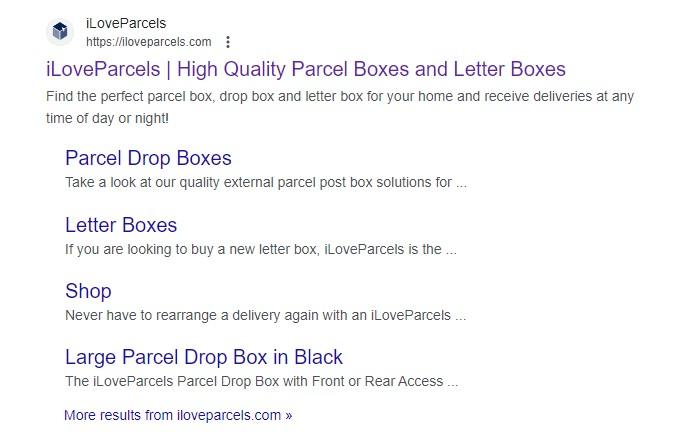
Add Relevant Internal Links
Internal links are very important for both readers and search engines. They help readers find relevant information and guide them further down your sales funnel. And they help search engines understand what your pages are about.
Content that converts has numerous incoming and several relevant outgoing internal links. Ideally, you want to plan your content with internal linking in mind and create clusters that you can easily cross-reference.
Take a look at this MarketBeat list of penny stocks. It links out to several other pages that provide information on penny stocks, both from a section on penny stock headlines and other informational guides from the content itself.
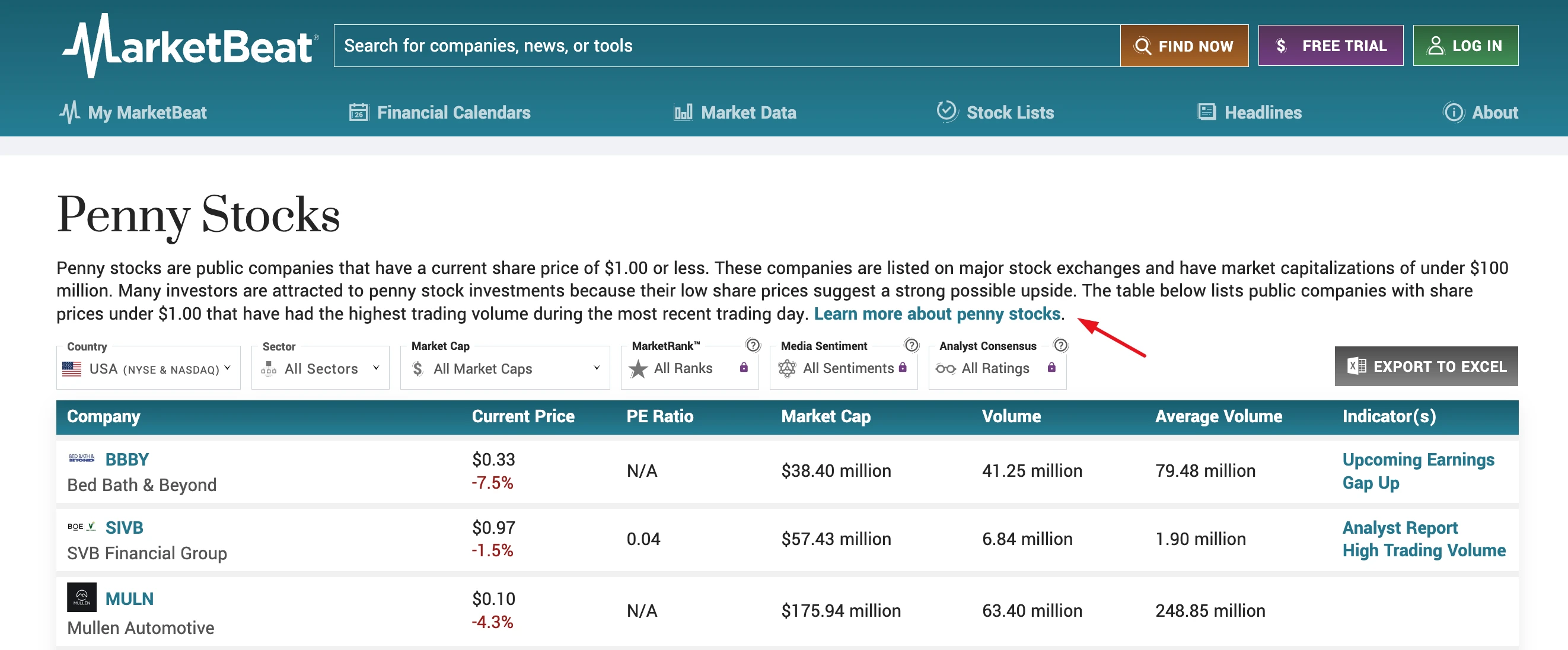
Source: marketbeat.com
It is also linked to from other relevant pages, which helps users explore the penny stocks topic cluster, establishes them as an authority on the topic, and helps search engines rank all of them better. This also makes for a great user experience.
Write Clear Headings
The headings of content that converts need to be carefully planned. They will both help readers skim through the page and search engines understand what the page should be ranked for.
Apply the same principles as for writing titles and meta descriptions: use relevant keywords, keep them to the point, but most importantly, make them descriptive.
Digital readers don’t read content like they read books. In fact, most of them will simply skim through the headings and only pause when they come across something they are very interested in.
By writing headlines that unmistakably spell out what the section is about, you will boost user experience and, consequently, conversion rates.
For a good example to look at, check out this Going article on using Google Flights. Other than the detailed examples listed with screenshots, it also features great headlines that provide very useful information to readers.
The best feature of these headings is that they answer questions readers are most likely to ask. That way, they’re increasing the number of search phrases the post is likely to rank for and offering valuable, relevant information.
Don’t Overthink Keywords

Source: freepik.com
In the battle of optimization vs. writing for humans, the main point of contention is often the keyword. How many times should the main keyword be included? How many secondary keywords do you need? How many times should you include them? What is the best long-tail phrase to use?
And while we certainly can’t completely dismiss the value of keyword research and optimization, the truth is that you can write content that converts and ranks without doing all that.
First of all, keyword research tools are often wildly inaccurate, as proven by this mini case study by Authority Hacker. If you trust them blindly, there is a high chance you will miss out on lucrative topics to write about.
More importantly, writing a high-quality post will naturally include all the relevant keywords. As long as you write the best possible page on a certain topic, you don’t need to spend hours counting keywords and looking at huge sheets of data.
Use Synonyms Instead
Instead of doing extensive keyword research, consider the most obvious synonyms and phrases you can use on a page. Start with your own brain and see what you come up with. Then look for advice from a keyword research tool or AI solution.
Where you would naturally mention your main keyphrase, add a synonym every other time. Check out this anagram solver on UnscrambleX — they’ve cleverly used relevant keyphrases that help them rank well but don’t make for a very boring and obnoxious page.
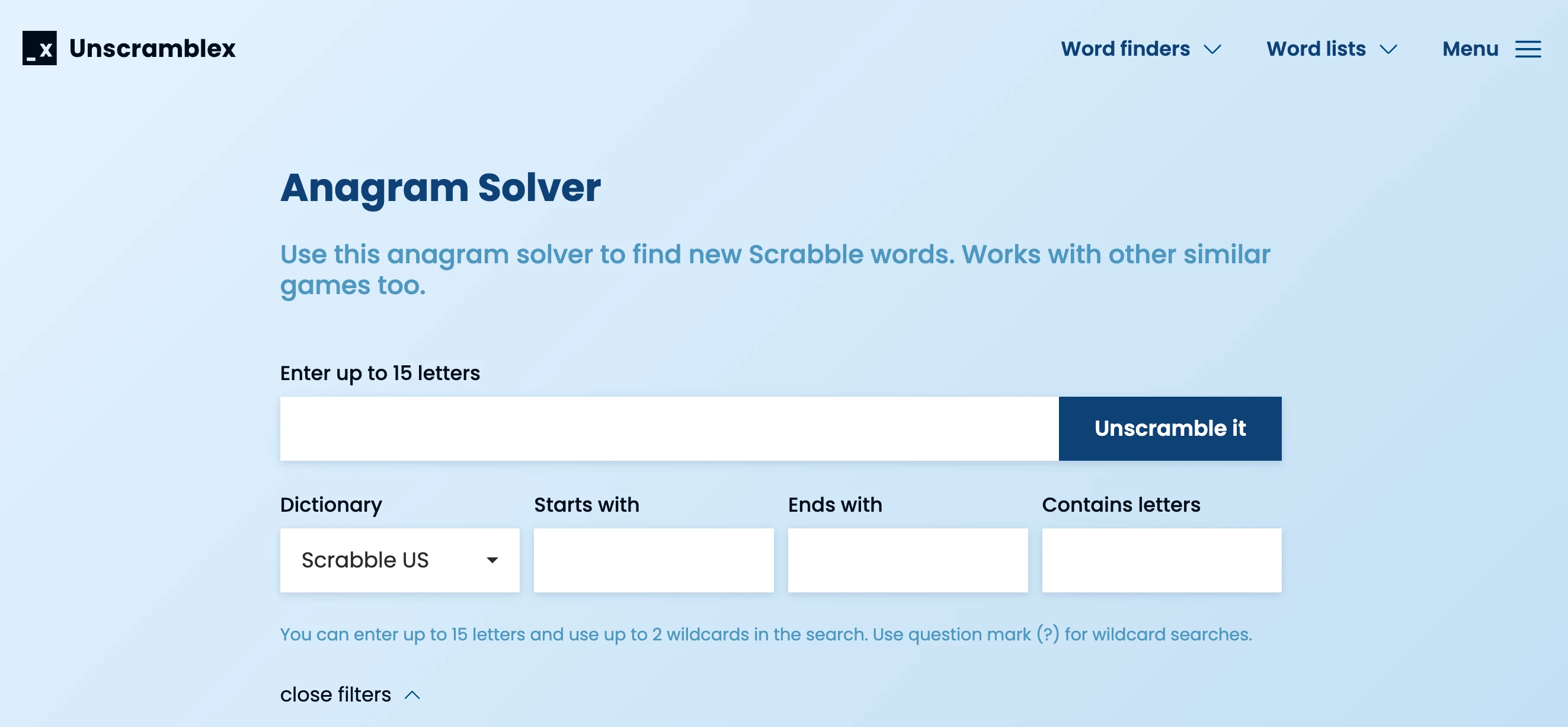
Source: unscramblex.com
Instead of just calling their solution “anagram solver,” they also refer to it as an anagram maker, an anagram creator, and an anagram finder.
Why does optimizing a page naturally matter for conversions?
Because only pages that see a lot of traffic can hope for high conversion rates. As a good conversion rate is somewhere between 2 and 5 percent, only attracting a handful of visitors to a page won’t pay off.
Ensure Posts Are Highly Readable
Another often overlooked conversion booster is page readability. If you want visitors to take a certain action, you need to provide a pleasant experience, convey real value, and prove your expertise. You won’t have a chance to do that unless the page is easy to digest.
Here are some basic readability best practices:
- Use plenty of visual elements that enhance the words on the page.
- Write short paragraphs.
- Provide enough white space between lines and to each side of the text.
- Use bullet points where applicable.
- Illustrate your points with charts and graphs.
- Ensure the page is easy to read on all devices and screen sizes.
If writing such content feels challenging, you can also pay someone to write for you to ensure it’s thoroughly researched and optimized.
Here’s a neat example of a page that is very easy to read. This post on hiring an MBA admissions consultant is engaging and has a high chance of converting a reader. Here’s why:
- It opens with a video that adds a human touch to the post and caters to those who prefer listening over reading.
- It features interesting visuals that break up the text.
- To prove its point, it relies on figures, which are formatted in an easy-to-understand way.
- The heading-to-text font size ratio makes the page easy to skim.
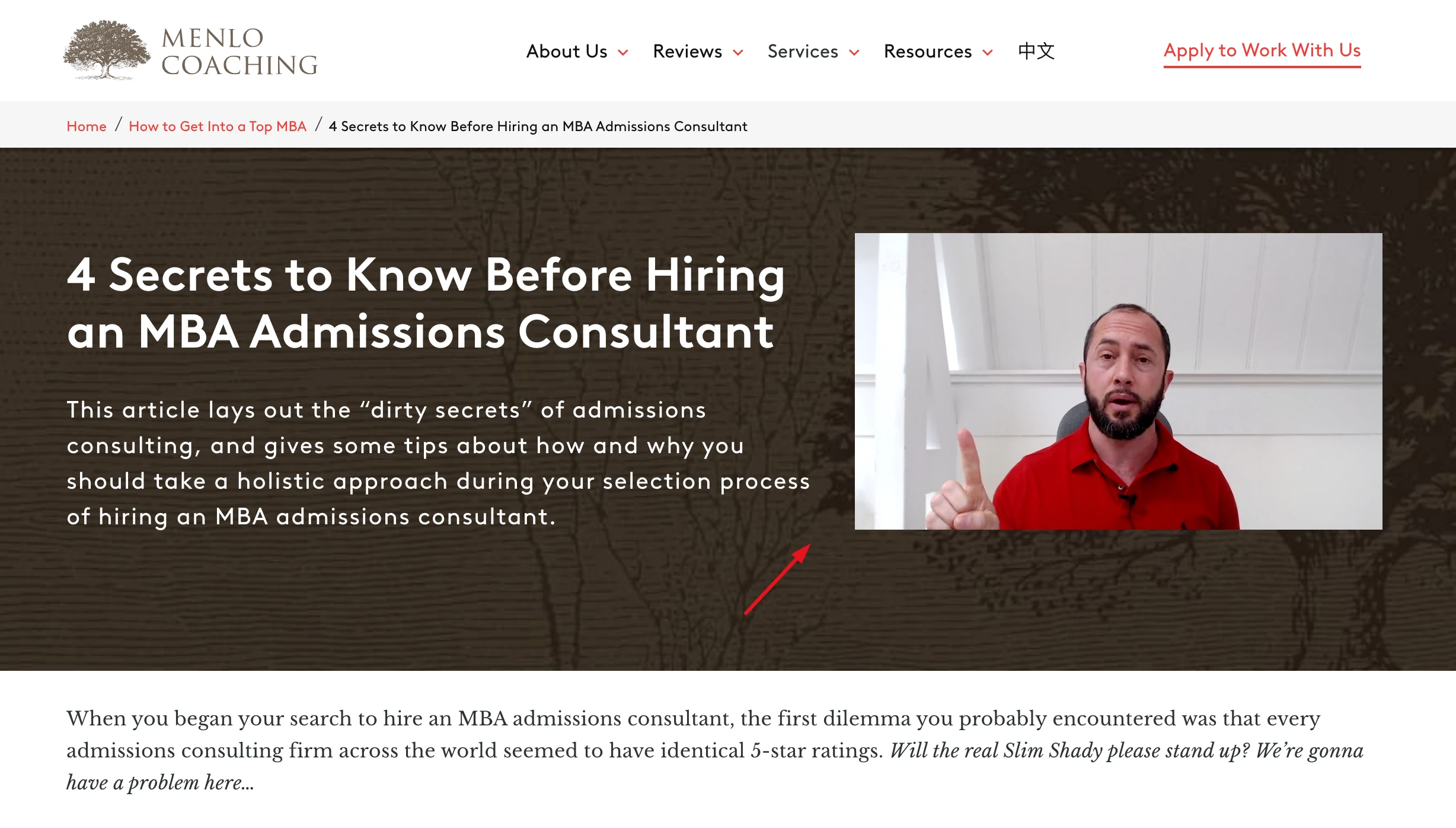
Source: menlocoaching.com
Answer Real Questions
Content that converts takes SEO to the next level. It aims to be the most valuable and helpful page on a certain topic, and it takes into account search intent, user pain points, and the most asked questions in Google.
To boost your conversion rate, do some question research. Check out the “people also ask” section of search results and notice what other search phrases Google’s autofill has to offer.
Include as many of these relevant questions as you can. As mentioned before, it will boost your rankings, especially if you provide a very clear answer to them that can become the featured snippet.
More importantly, they will boost user experience, help you overcome conversion obstacles, and add value to your content.
You can apply this tactic to product pages as well as articles. For instance, this creatine supplement from Transparent Labs has a section near the bottom that answers some of the most common queries shoppers will have about creatine. Those who are unsure if they need it or how to use it will greatly benefit from it.
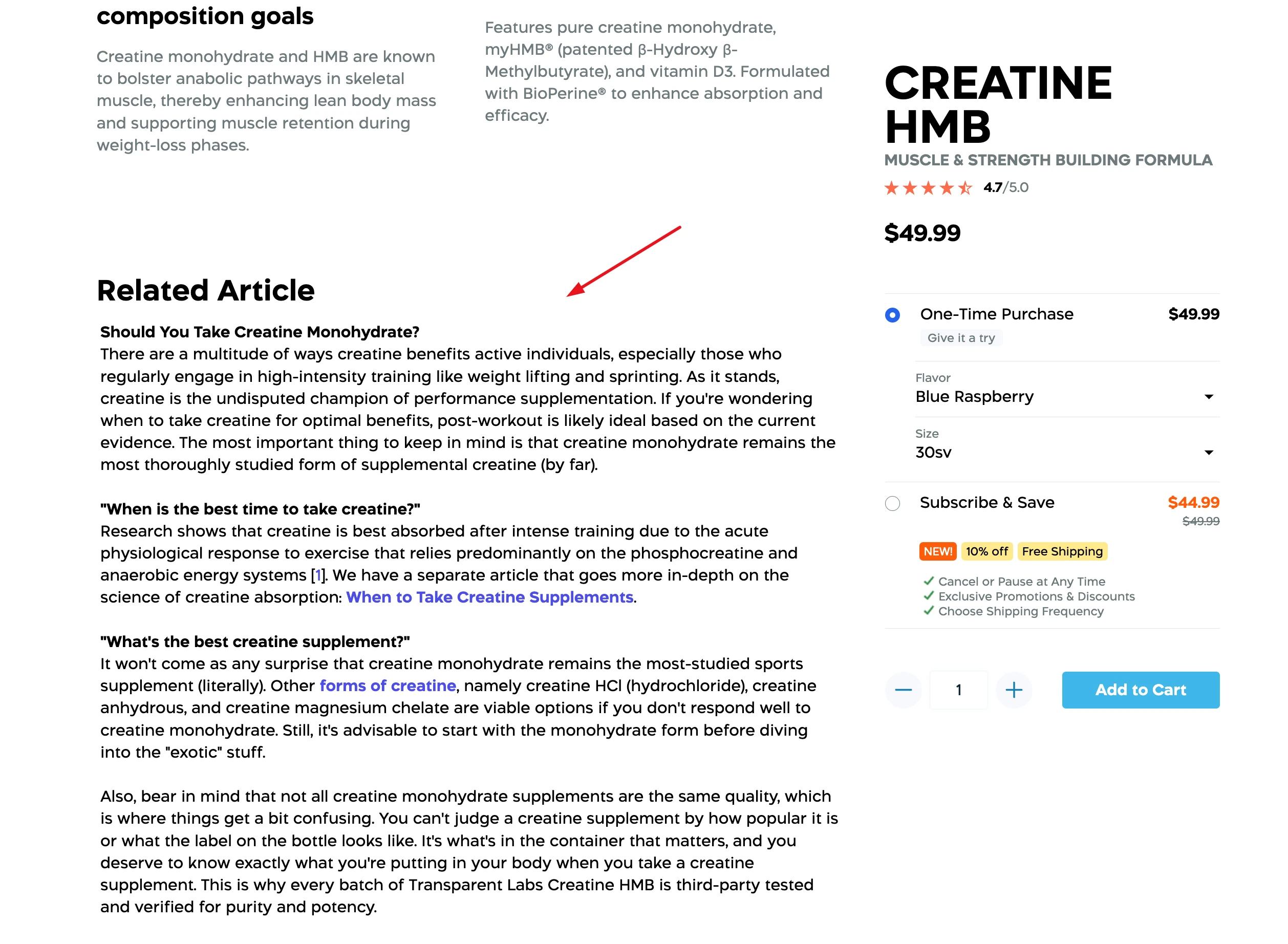
Source: transparentlabs.com
This extra level of care also proves that the brand cares about the needs of their leads. It demonstrates that their goal is not just to sell but to help them choose the right product.
Add Relevant Images
Finally, let’s not forget about the importance of quality, relevant images. As you already know, they positively impact readability. They can also add an extra layer of meaning to your pages, as they are much better at conveying emotions than words, and in much less time.
They also give you the opportunity to showcase your products and boost conversions that way. Whenever you can feature a photo that includes your product, make sure to add it. It will subliminally etch your item in the minds of your leads, who will remember it when looking to shop, even if they are currently just browsing.
Here is an example on Gili’s SUP collections page. The page comes with plenty of photos that show the products first, before they dive into the difference between models and the best way to choose a board.
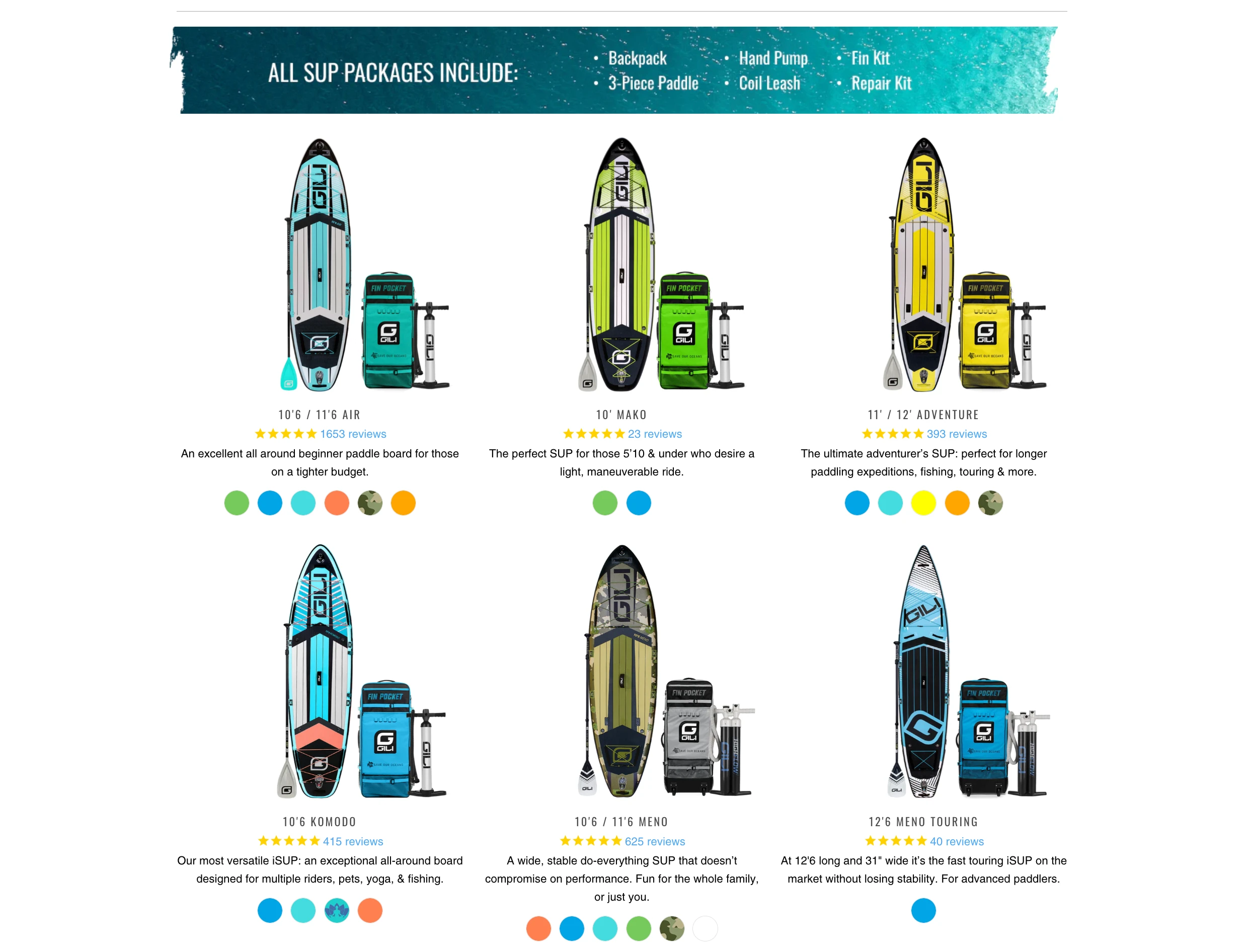
Source: gilisports.com
Showing the product helps pique customer interest. It also boosts their internal linking score, helps them direct traffic, and gently nudges leads down the path to conversion.
Wrapping Up
Now that you know what a high-converting page looks like and you understand the delicate balance between writing for people and optimizing for search engines, you can give your own content a thorough once-over.
